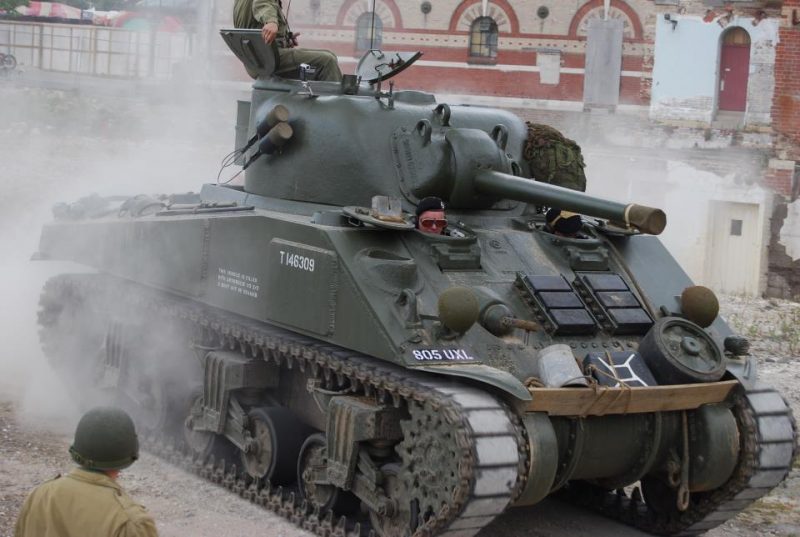The D-Day landings and the subsequent campaign to capture Normandy might have been master-minded by British and American commanders, but they included soldiers from far more nations. The liberation of Western Europe from the Nazis was a truly international effort.
Britain
Britain had provided Germany with its staunchest enemy throughout the war. The British had fought the Germans in France, Greece, Norway, North Africa, and the skies above Europe. British ships had blockaded Germany, undermining its economy.
Now they would be one of the largest contributors to the liberation of Western Europe.
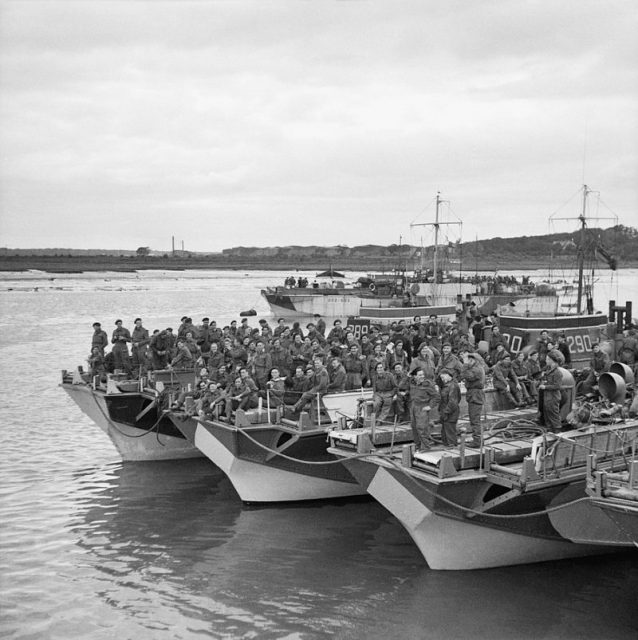
Though America had far more men and resources than Britain, it was a matter of national pride that Britain contributed equally to the initial invasion of Normandy. Two of the five landing beaches were stormed by British troops. The commanders-in-chief of the ground, air, and naval forces for the initial fighting were all British.
America
America was the economic powerhouse behind the western Allies, as well as the greatest source of manpower.
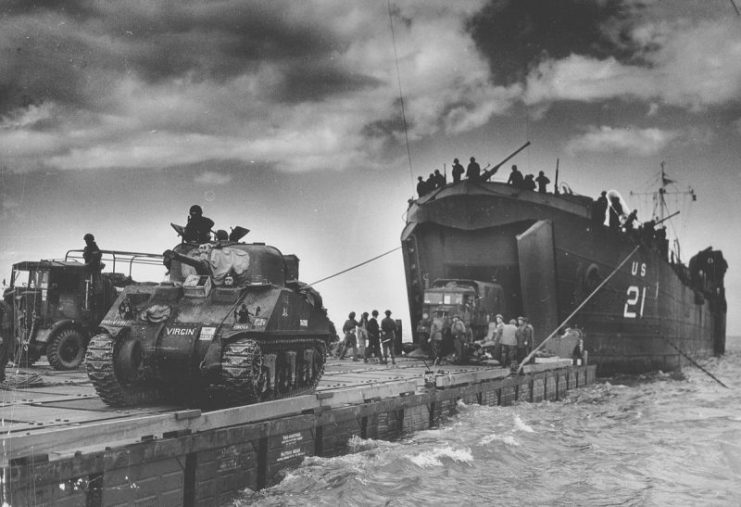
The Americans stormed two of the landing beaches and, together with the British, carried out the paratrooper landings behind German lines. American pilots took to the skies alongside the RAF, and American ships crossed the Channel.
The Supreme Allied Commander was the American General Eisenhower.
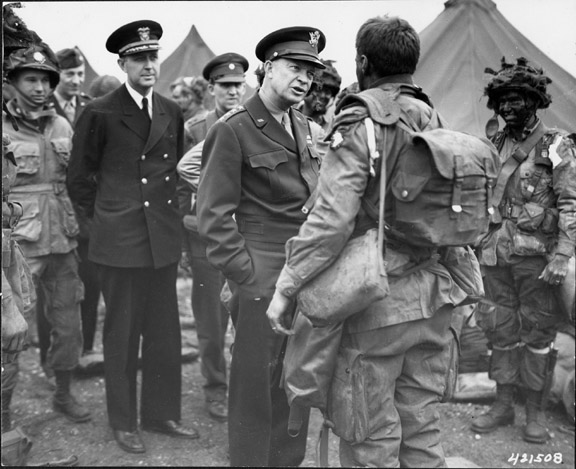
As the campaign progressed, America took on more of the burden of fighting. American soldiers became the majority of the western Allied armies, and American generals took over command of the ground campaign.
https://youtu.be/3coQ8Px2H8A
While the British slogged away fighting the Germans outside Caen, Americans provided the breakthrough further west that ended Allied containment against the coast.
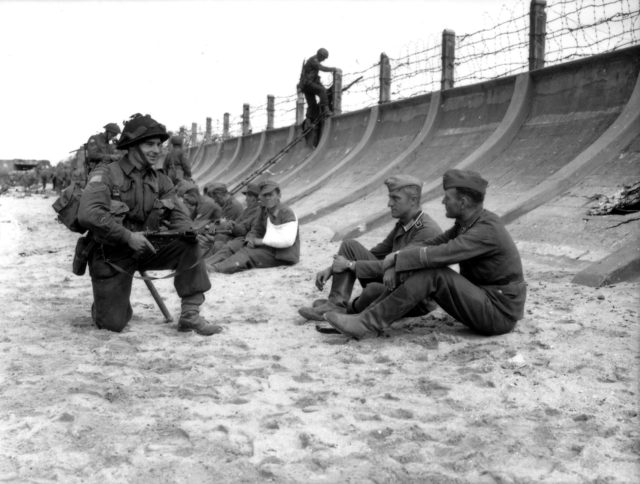
Canada
Operating within the British command structure, the Canadians provided the third largest force for Allied operations in Western Europe.
The Canadians already had bitter experience of amphibious landings in France, having suffered heavy losses during the disastrous Dieppe raid. They turned that experience to good use as the forces stormed the fifth beach.
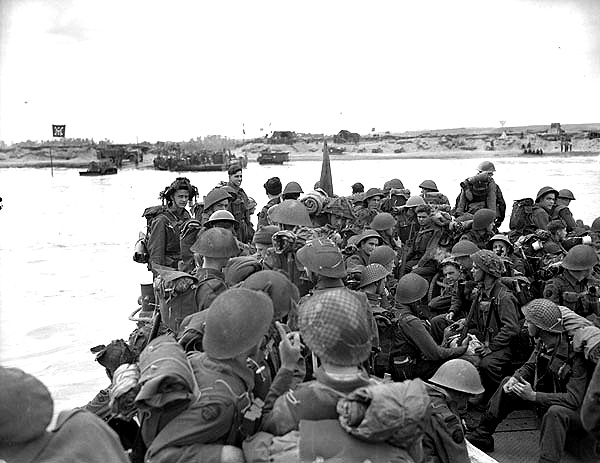
They played a crucial role in the action that effectively ended the Normandy campaign a few months later, cutting off German forces at the Falaise gap.
France
Thousands of French Resistance agents risked their lives laying the groundwork for D-Day. They sabotaged rail lines, locomotives, roads, and telephone lines to cripple German movement and communication. When the landings came, many rose up in armed revolt, becoming a menace behind German lines.
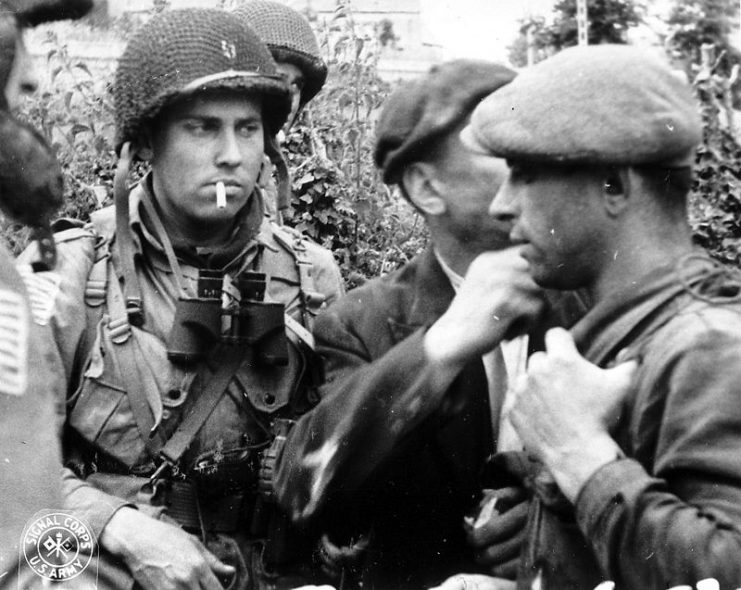
Ever since the fall of France in 1940, Free French soldiers had been gathering in Britain. By D-Day, there were 400,000 of them. Some landed as paratroopers as part of the British Special Air Service. Many more arrived by sea in August, in time to fight at Falaise and Caen.
Poland
Following the fall of Poland in 1939, tens of thousands of Polish servicemen fled south across the border, then made their way to safety in free Europe. They formed entire squadrons in Britain’s Royal Air Force as well as substantial formations in the Allied armies.
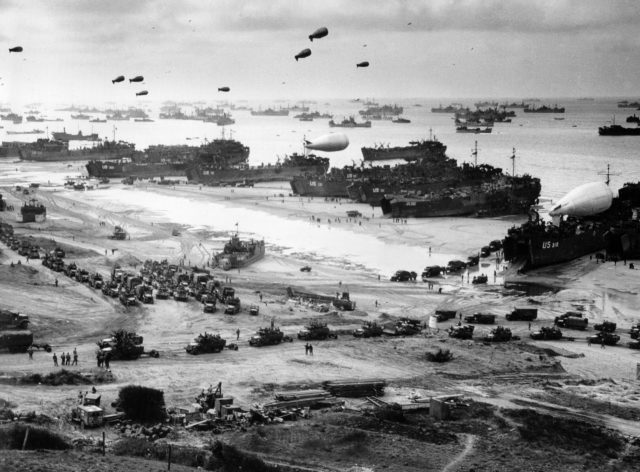
Polish sailors and airmen took part in D-Day itself. Polish ground troops arrived in time to join the Canadians in closing the Falaise gap.
The Netherlands
When the Netherlands were overrun in 1940, the government went into exile in Britain. There, they gathered fugitive troops, assembling enough men to take part in the liberation of their country.
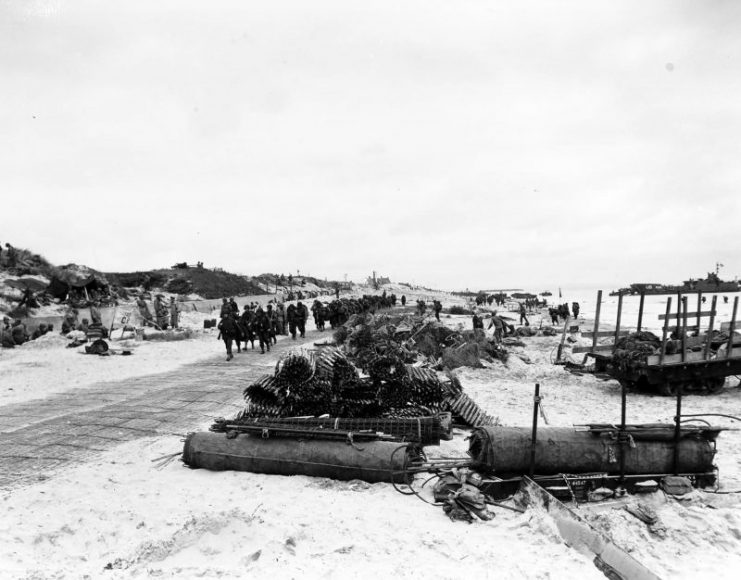
Belgium
The Belgian government in exile also raised its own units in Britain, and Belgian pilots flew in the RAF. A unit of Belgian sailors, called the Section Belge, was formed within the Royal Navy, and its two Corvettes were part of the D-Day escort fleet.
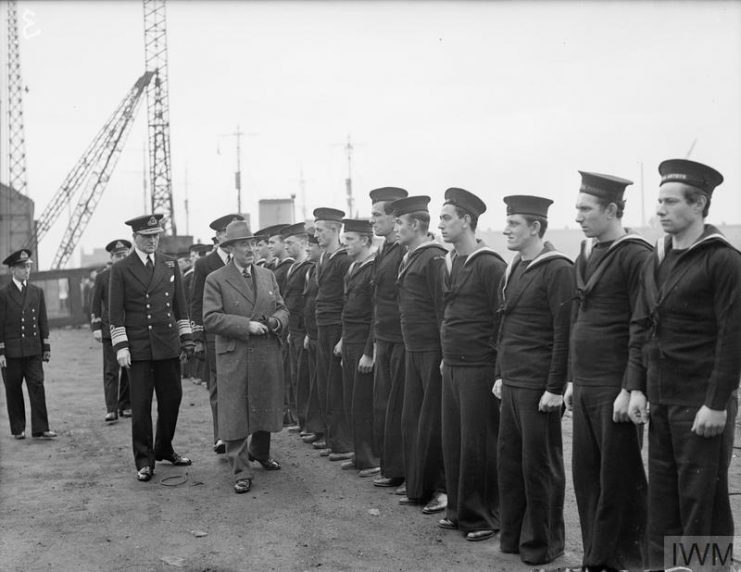
Czechoslovakia
Like the Poles, Czech pilots formed their own units within the RAF, and so contributed to the war in the air above the D-Day landings. Though Czech ground units didn’t land in France until several weeks into the campaign, many Czech exiles landed on D-Day, fighting under the flags of other nations.
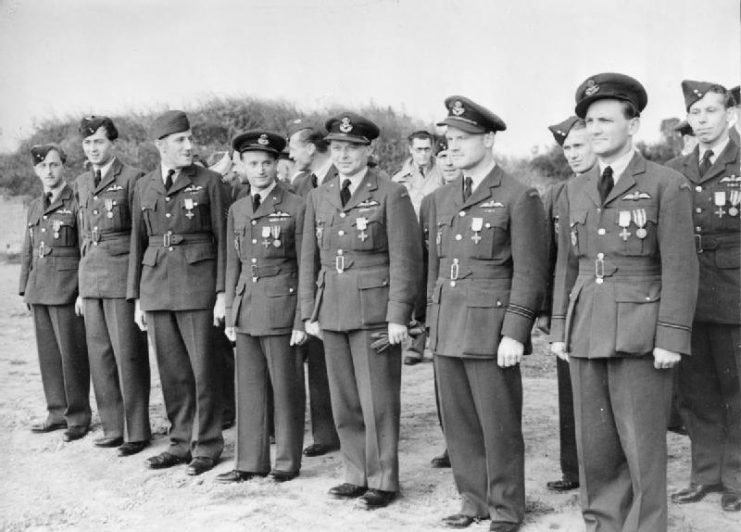
Denmark
Like the Belgians, the Danes contributed sailors to the fleet transporting troops across the Channel.
Norway
As with other countries conquered by the Germans, Norwegian soldiers fled to Britain. A number of them served in the British armed forces, most notably in the Special Operations Executive, where they had their own commando unit.
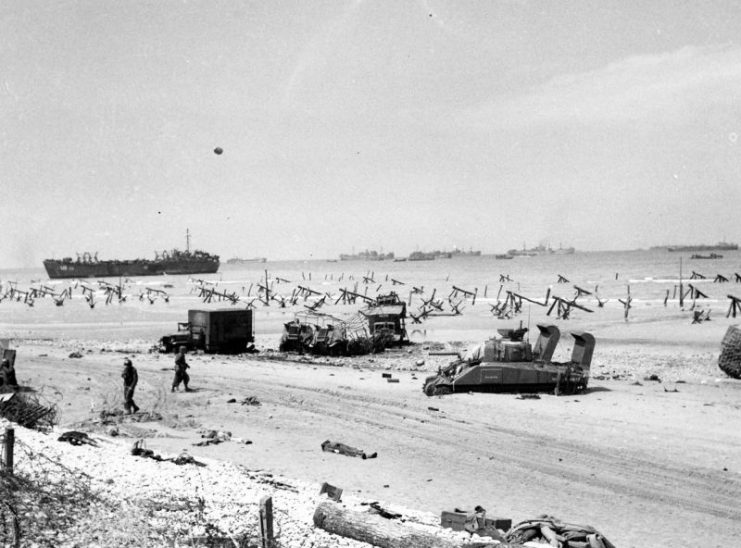
Australia
During the First World War, Australia had provided the British armed forces with some of their toughest combatants, and they did so again in the Second World War.
On D-Day, over 2,000 Australian airmen took part in the battle for the skies above the invasion beaches and the bombing and strafing of German troops. 500 Australian sailors served in the escort fleet.
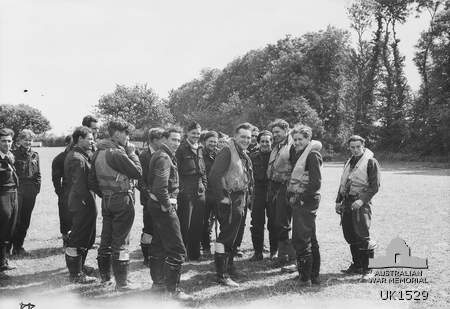
Small numbers of Australian ground troops joined them in the subsequent campaign. The officers that did so held places in various British units, gaining experience of British practices that they could take home after the war.
Australian air squadrons continued to support the Allied troops, some of them operating out of airfields in liberated Normandy.
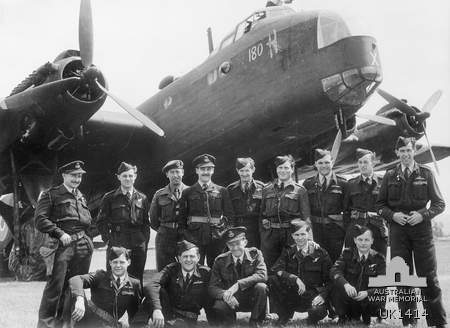
New Zealand
Though no New Zealand formations took part in the D-Day landings, there were New Zealanders scattered through the Allied forces. They flew fighters and bombers, fought alongside the infantry of other nations, and provided experts such as radar specialists. An official observer from New Zealand landed with the British on the first day.
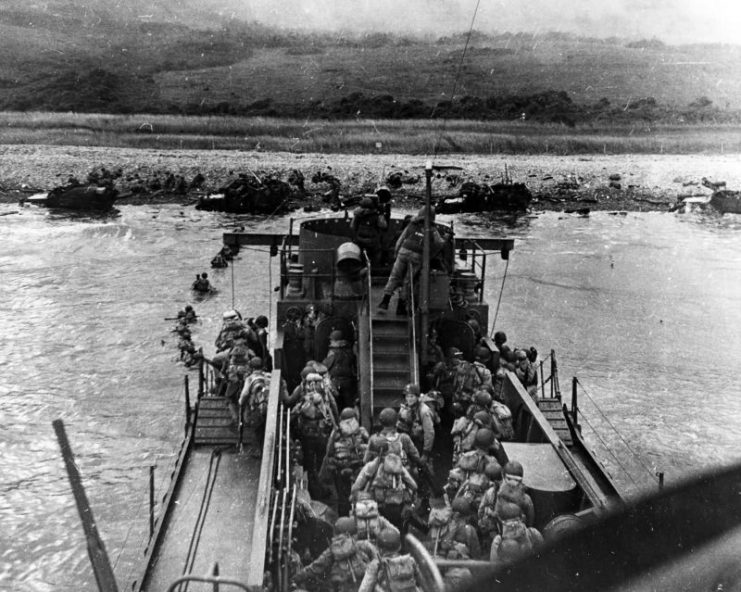
Read another story from us: Air Power in the Battle for Normandy
Luxembourg
Even the tiny Duchy of Luxembourg contributed to the campaign. Before the war, its entire army had consisted of 50 men. When they wanted to carry out a military parade, they dressed firemen in military uniforms to make up numbers.
But they still contributed a handful of soldiers to the free European forces setting out to liberate France and, beyond that, their homeland.
